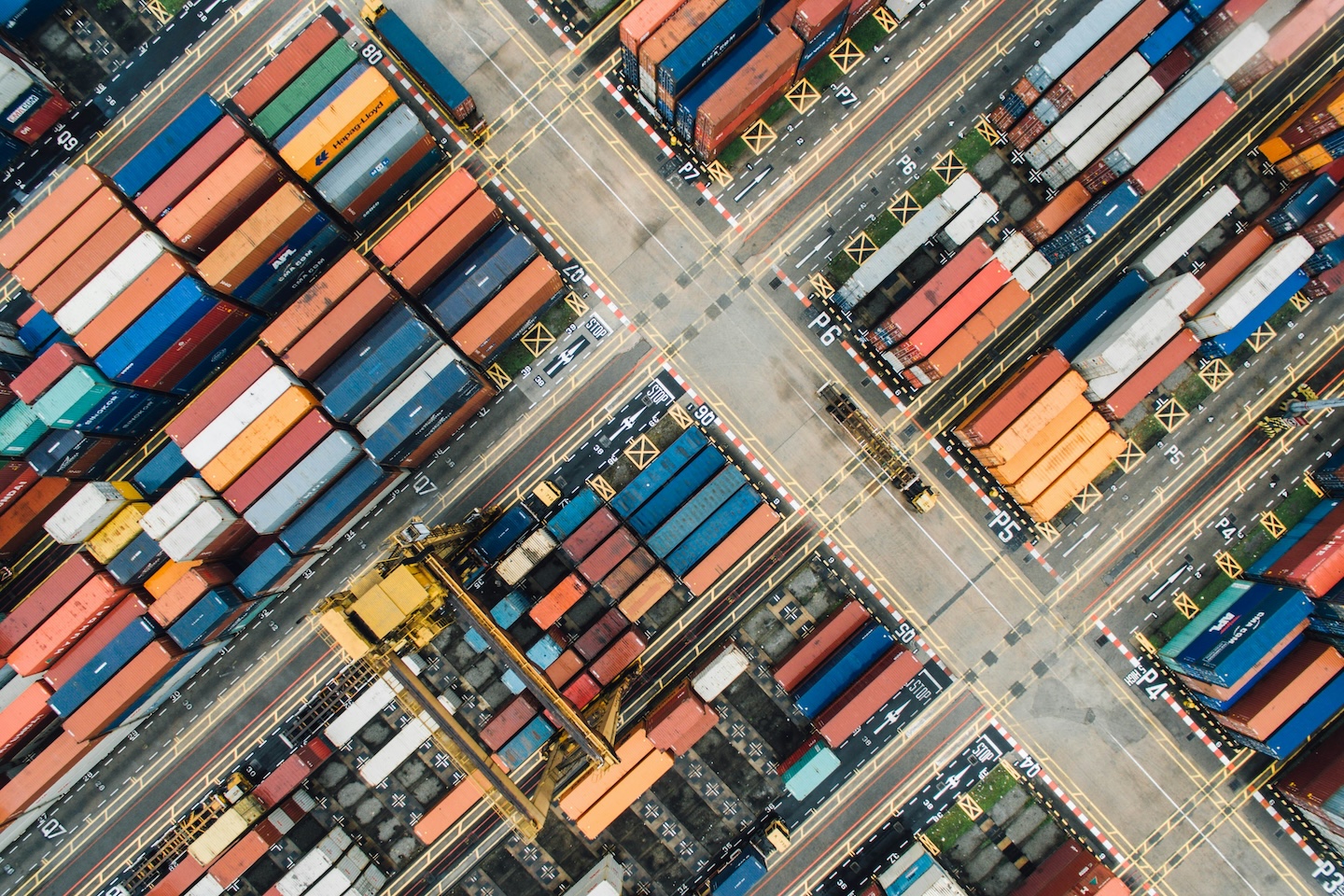In April 2016, the Kingdom of Saudi Arabia announced Vision 2030, its ambitious plan for economic transformation and social reform. This vision, if realized, will open the kingdom to the world and unlock its vast potential, ushering in a new era of economic diversification and opportunity. Means by which the Saudi government can accelerate the transformation and enhance its outcomes include assessing the environment strategically, choosing external partners, and prioritizing initiatives.
Saudi Arabia’s Vision 2030
Vision 2030 aims to unleash Saudi Arabia’s potential by developing alternatives to an over-reliance on oil as its source of economic strength. The 2014–15 collapse in oil prices led to a fiscal deficit in 2016—the first time since 2007—and dwindling financial reserves.
Vision 2030 has three core themes (Exhibit1). First, it seeks to create a vibrant society by strengthening Islamic values and national identity and by offering Saudi citizens fulfilling and healthy lives. Second is the goal of developing a thriving economy with increasing employment and a larger and more diversified economy. The third theme of Vision2030 is to ensure an ambitious nation by enhancing government effectiveness and enabling social responsibility.
Exhibit 1
Saudi Arabia’s Vision 2030: Three Themes

This vision sets ambitious targets for2030. Among these are increasing average life expectancy from 74 to 80 years, lowering unemployment from 11.4% to 7%, increasing the share of non-oil exports in non-oil GDP from 16% to 50%, and improving Saudi Arabia’s ranking in the Government Effectiveness Index from 80th place to 20th.
Promising Trends and Role Models
In the years since the vision was announced, Saudi Arabia has made significant progress, but there is room to accelerate the transformation. We see favorable trends in metrics across each of the three core themes:
- Vibrant society. Life expectancy increased from 74.8 years in 2016 to 75.3 years in2020, and Saudi Arabia ranked third happiest in the Arab world in 2022.
- Thriving economy. Non-oil government revenue increased 122% from 2015 to 2021, and female labor participation rose from 19.4% in 2016 to 35.6% in 2021.
- Ambitious nation. Volunteerism in Saudi Arabia increased 14-fold from 2016 to 2021,and the kingdom received a top global ranking for the COVID-19 response of its government and entrepreneurs.
Along with these and other signs of progress, Saudi Arabia has the potential to find inspiration in examples from other parts of the world, especially China’s 40 years of economic reforms (Exhibit 2).Notable moves by China have included adaptable policies for a long-term vision; digitization through policies, regulations, and investments; rapid industrialization via R&D and attraction of foreign direct investment; a global strategy with inward and outward investments, and establishment of win-win partnerships through rigorous criteria and due diligence.
Exhibit 2
Key events in China’s economic and political transformation

Who’s Involved and Who Should Be
Investments and other support have already flowed into Saudi Arabia from the public and private sectors. Countries in Europe and Asia have invested in projects, partnered on various initiatives, and offered encouragement. France has so far been the largest investor, with direct investments of $4.4 billion, much of it in the digital and healthcare sectors.
China has been a major trade partner: trade of goods between China and Saudi Arabia increased 32.9% in 2022, reaching $116billion.3 In addition, Alibaba and Saudi’s Public Investment Fund (PIF)–backed eWTP Arabia Capital have invested $320 million in the cloud and digital sector since 2019.4 Other countries making notable contributions to Saudi projects include Japan, Korea, and the United Kingdom.
Investment activity is increasing across sectors. For example, EIG Global Energy Partners and Aramco are investing in alternative fuels, carbon capture, hydrogen, natural gas, and energy storage;5tech giants Amazon, Oracle, Microsoft, Cisco, and IBM are creating digital capability centers and innovation hubs for tech start-ups;6 and global construction firms securing infrastructure projects include Bechtel for project management of Neom.7 Among companies, GE is leading the way, having signed memoranda of understanding with Aramco, Dussur, Ma’aden, King Fahad Medical City, and Saudi Telecommunications Company.
Despite the rush, inflows of foreign direct investment (FDI) totaled just $34.9 billion for the period 2017–21, half the amount flowing into the United Arab Emirates during the same period (Exhibit 3).9In 2022, FDI inflows reached $7.9 billion, far short of the $100 billion revised target for 2030.
Exhibit 3
Foreign direct investment is growing but remains one of Saudi Arabia’s biggest challenges

As the Saudi government seeks further sources of capital, we see three potential scenarios with varying outcomes for the kingdom:
- Some external entities may pursue self-interested opportunism, in which they may prioritize their own gains, possibly hindering the kingdom’s objectives.
- Others will have mixed motivations and goals, so the kingdom’s success will be determined by the balance of supportive versus self-interested collaborators.
- In the optimal scenario, collaborative prosperity, aligned interests and long-term perspective of the parties yield successful collaboration that benefits the kingdom and its business collaborators.
The Saudi government can increase the odds of collaborative prosperity by striving to ensure that collaborations meet five conditions. First, Saudi agencies and businesses will need clear selection criteria. Applying the criteria, in turn, will require thorough due diligence. Third, a regulatory framework will help the government safeguard Saudi interests. Also, partnership agreements should establish risk-sharing arrangements. Finally, the Saudi government should regularly monitor and evaluate performance to assess the progress and impact of these projects.
Priority Moves to Achieve Vision 2030
The Saudi government can position itself to achieve the goals of Vision 2030 by acting on four key priorities (Exhibit 4). Saudi Arabia will need to attract sufficient foreign direct investment, which it can do by adopting practices used by the China and India's model, including proactive investment promotion and a streamlined regulatory framework. Second, it should nurture local champions by providing support programs for entrepreneurship and improving access to capital; the recent experience of the United Arab Emirates offers relevant examples. The third priority is to foster ecosystem development by adapting the Silicon Valley approach: identifying priority industries, facilitating R&D and tech transfer, and building digital infrastructure. Fourth, the kingdom must enhance human capital development—emulating the success of South Korea through upskilling and reskilling programs and through promotion of collaboration between industry and academia.
Exhibit 4
Four immediate priorities for realizing Vision 2030

The Saudi government has crafted an impressive vision of its economic and social future, and domestic and foreign organizations already are taking important steps toward that vision. We expect to see further progress, but good counsel can increase the likelihood of fully realizing the vision. Getting this right should enable Saudi Arabia’s people and businesses to thrive well into the twenty-first century.






















